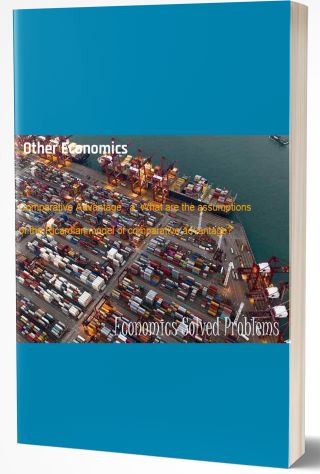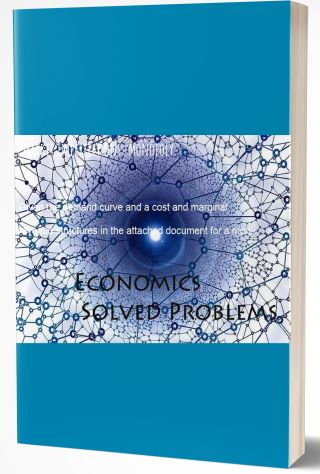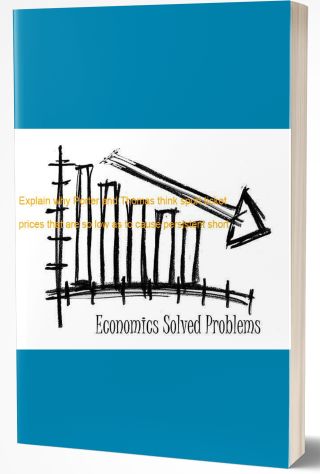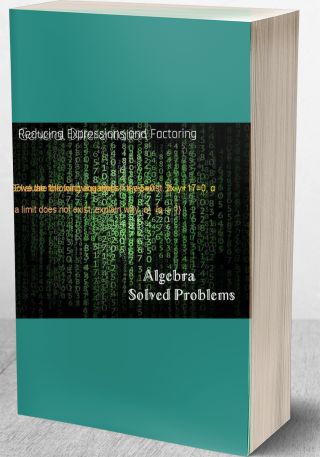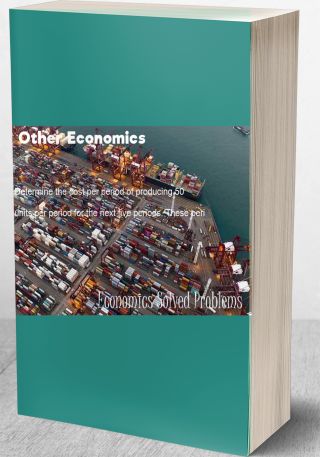John’s utility function is u(x_1,x_2,x_3)=x_1x_2x_3; where x_1 and x_2 are quantities of goods 1 and
Question: John’s utility function is \(u({{x}_{1}},{{x}_{2}},{{x}_{3}})={{x}_{1}}{{x}_{2}}{{x}_{3}}\); where \({{x}_{1}}\) and \({{x}_{2}}\) are quantities of goods 1 and 2 consumed per week, and \({{x}_{3}}\) is the quantity of leisure per week. His utility maximization problem is to maximize \(u({{x}_{1}},{{x}_{2}},{{x}_{3}})\) by choice of \({{x}_{1}}\), \({{x}_{2}}\) and \({{x}_{3}}\) subject to two constraints: a budget constraint that includes labor incoMeand non-labor income \(m\), and the time constraint \({{x}_{3}}+h=168\), where \(h\) is hours worked at wage rate \(w\).
(a) Write John’s utility maximization problem.
(b) Solve John’s utility maximization problem and find his indirect utility function.
(c) John is on the job market and considers two offers in two different cities with different wage rates. In addition the prices of the two goods are different in the two cities, but not his non-labor income m. Will John’s job choice depend on m? Explain.
Deliverables: Word Document


![[Solution] Describe the Marshall- Hicks law that is relevant to each of the statements below and explain the re #4694 Other Economics](/images/downloads-images/featured/Economics-question-4662.jpg)
